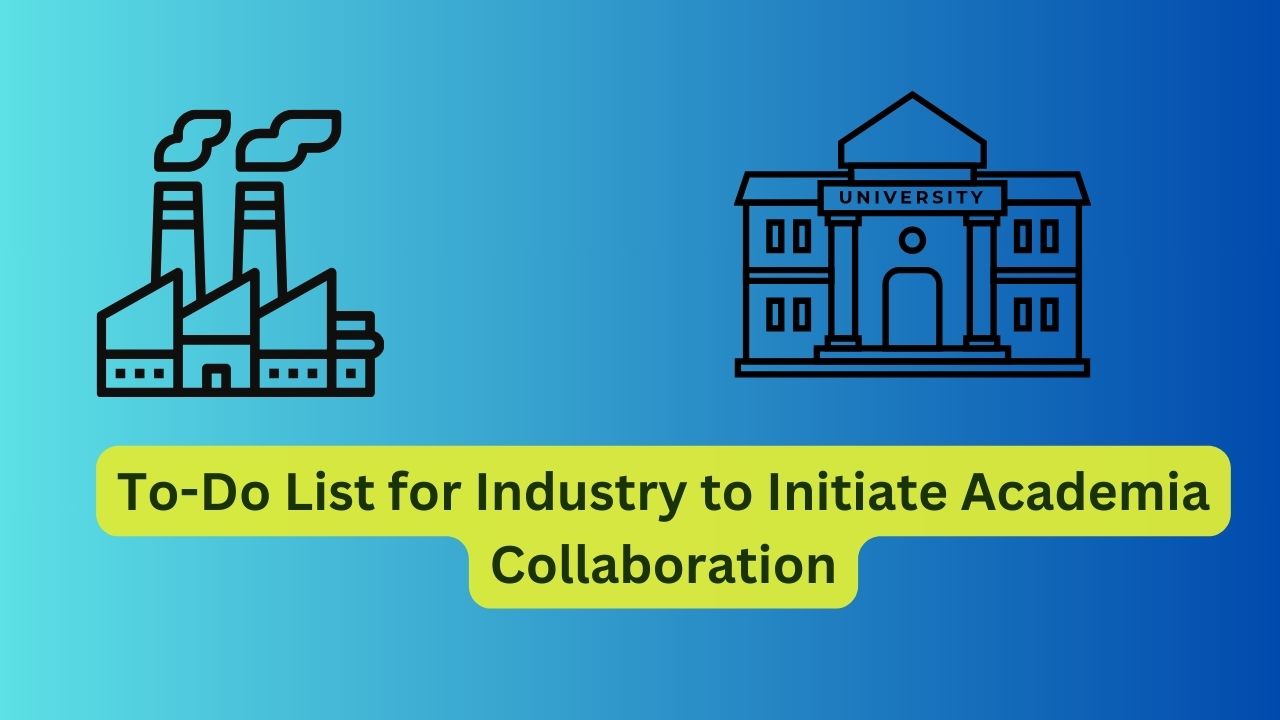1. Identify Academic Partners
- Research Institutions: Identify universities and research institutions that specialize in agricultural sciences and technologies.
- Existing Networks: Leverage existing networks and connections within the academic community.
- Industry Conferences: Attend academic conferences, seminars, and workshops to meet potential academic partners.
2. Define Collaboration Goals
- Strategic Objectives: Outline the strategic objectives and expected outcomes of the collaboration.
- Research Focus Areas: Identify specific research areas or problems that can benefit from academic expertise.
- Mutual Benefits: Highlight the potential benefits for both the company and the academic institution.
3. Establish Internal Support Structures
- Collaboration Team: Form a dedicated team to manage academic collaborations, including R&D and HR representatives.
- Funding Allocation: Allocate budget and resources for collaboration projects and related activities.
- Policy Framework: Develop policies and guidelines for collaborating with academic institutions.
4. Develop a Collaboration Proposal
- Joint Proposal: Work with academic partners to draft a proposal that outlines the scope, objectives, and deliverables of the collaboration.
- Funding Plan: Define the financial aspects, including funding sources, budget allocation, and financial responsibilities.
- Timeline and Milestones: Establish a clear timeline with key milestones and deliverables.
5. Formalize Agreements
- Memorandum of Understanding (MoU): Sign an MoU to formalize the collaboration and outline the terms and conditions.
- Non-Disclosure Agreement (NDA): Ensure the protection of intellectual property and confidentiality with an NDA.
- Research Contracts: Develop detailed research contracts that specify roles, responsibilities, and expectations.
6. Initiate Collaborative Research Projects
- Pilot Projects: Start with small-scale pilot projects to build trust and demonstrate potential outcomes.
- Joint Research Centers: Establish joint research centers or laboratories focusing on key agricultural innovations.
- Student Internships: Offer internships and research assistantships to students to involve them in collaborative projects.
7. Facilitate Technology Transfer
- IP Management: Develop clear policies for managing and commercializing intellectual property generated through collaboration.
- Licensing Agreements: Create licensing agreements for technologies developed jointly with academic partners.
- Startup Incubation: Support startups and spin-offs that emerge from collaborative research projects.
8. Ensure Regular Communication and Reporting
- Steering Committee: Form a steering committee with representatives from both industry and academia to oversee the collaboration.
- Progress Reports: Maintain regular progress reports and updates to ensure transparency and accountability.
- Feedback Sessions: Conduct regular feedback sessions to assess progress and address any issues.
9. Organize Collaborative Events
- Workshops and Seminars: Host workshops, seminars, and symposiums to share research findings and explore new collaboration opportunities.
- Innovation Challenges: Organize hackathons and innovation challenges to address specific agricultural problems and spur creative solutions.
- Industry Visits: Arrange visits for academic partners to company facilities to foster mutual understanding and collaboration.
10. Evaluate and Adjust
- Impact Assessment: Regularly assess the impact of collaborations on business outcomes, innovation, and research advancements.
- Review Processes: Review collaboration processes and outcomes based on feedback and evaluation results.
- Continuous Improvement: Foster a culture of continuous improvement to enhance the effectiveness of future collaborations.
By following this to-do list, companies can effectively initiate and sustain collaborations with academic institutions, driving agricultural innovation and addressing key challenges in the sector.


No responses yet